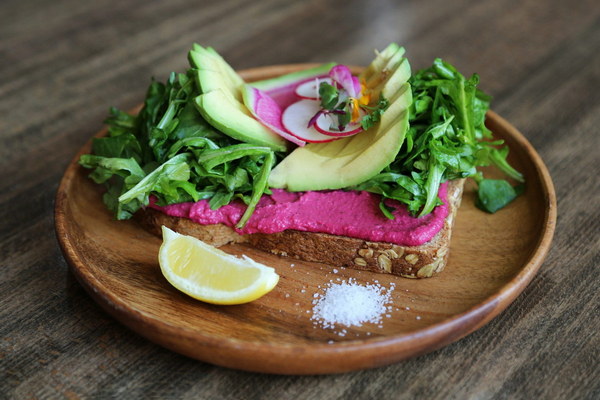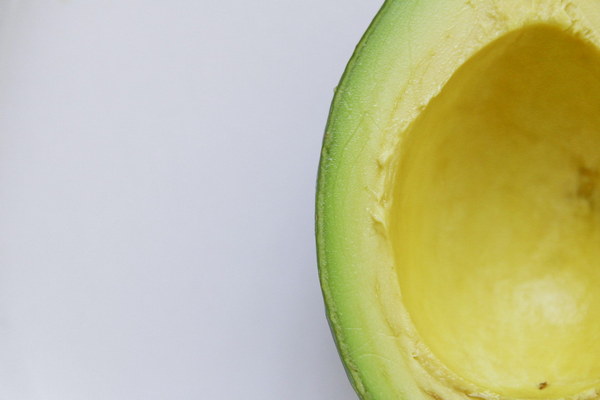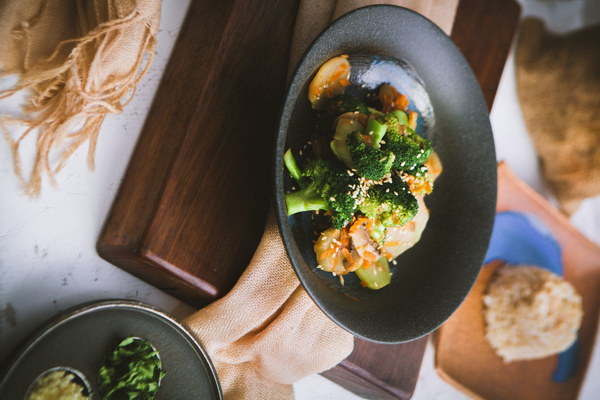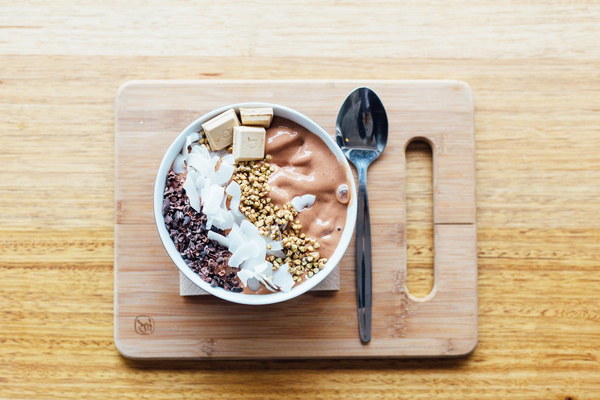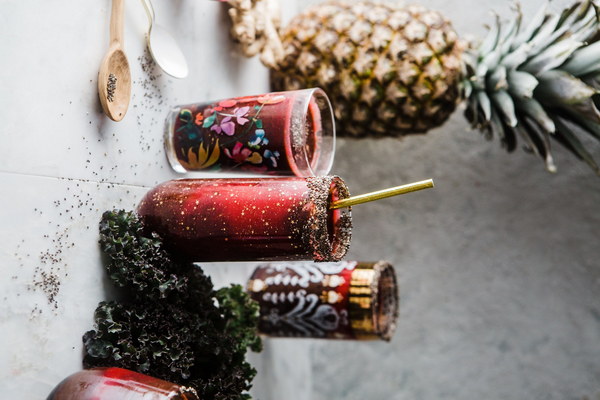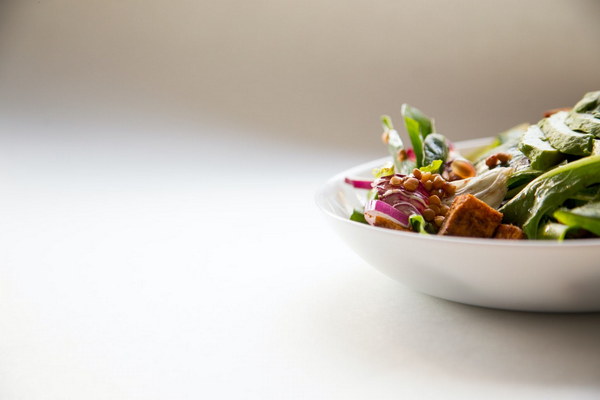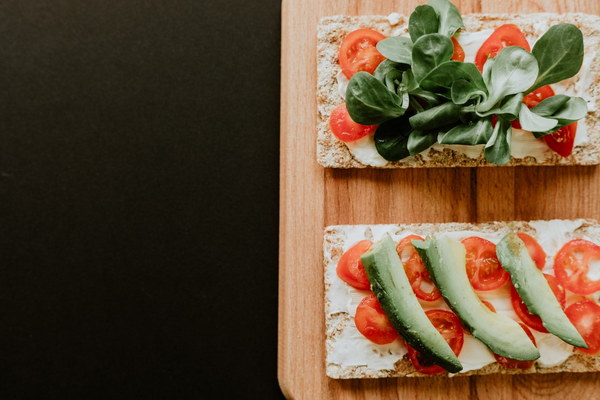A Student's Guide to a Flawless Complexion A Step-by-Step Skincare Routine for Acne-Prone Skin
Introduction:
Acne-prone skin can be a challenge, especially for students who often have a tight budget and limited time for skincare. However, with a well-planned skincare routine, you can achieve a healthy and radiant complexion. In this article, we will discuss a step-by-step skincare routine tailored for students with acne-prone skin.
1. Cleansing:
The first step in any skincare routine is cleansing. To remove impurities, excess oil, and dead skin cells, it is essential to use a gentle cleanser suitable for your skin type. Here are a few options:
- Gel-based cleansers: They are suitable for all skin types and help to remove excess oil and dirt.
- Cream-based cleansers: They are ideal for dry or sensitive skin as they provide moisture.
- Foaming cleansers: They are effective in removing deep-seated impurities and are suitable for oily skin.
2. Toning:
After cleansing, apply a toner to balance the pH level of your skin and remove any remaining traces of dirt or oil. Look for alcohol-free toners, as they won't strip your skin of its natural oils. Some popular toners for acne-prone skin include:
- Salicylic acid toners: They help to unclog pores and reduce inflammation.
- Witch hazel toners: They have anti-inflammatory and astringent properties that help to reduce acne breakouts.
3. Treatments:
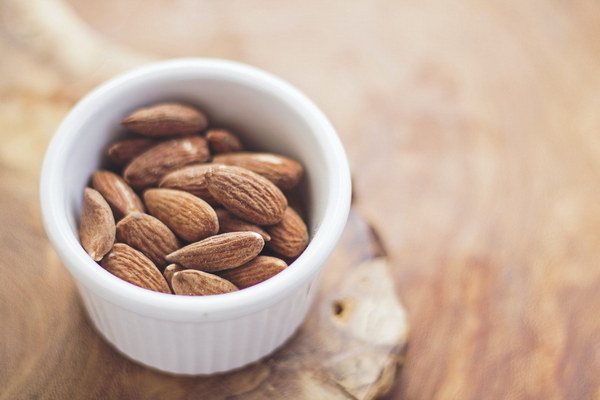
For acne-prone skin, treatments play a crucial role in preventing breakouts and healing existing acne. Here are some effective treatments:
- Spot treatments: Apply a small amount directly to acne lesions to reduce inflammation and promote healing. Look for ingredients like benzoyl peroxide, salicylic acid, or tea tree oil.
- Acne serums: These contain active ingredients like niacinamide, which help to reduce inflammation and redness, as well as prevent future breakouts.
- Retinoids: These are vitamin A derivatives that help to unclog pores, reduce acne, and improve skin texture. However, they can be harsh, so start with a low concentration and gradually increase as your skin becomes accustomed to them.
4. Moisturizing:
Moisturizing is a crucial step for all skin types, including acne-prone skin. Choose a non-comedogenic, oil-free moisturizer to keep your skin hydrated without clogging pores. Some ingredients to look for in a moisturizer for acne-prone skin include:
- Hyaluronic acid: It helps to keep your skin hydrated without contributing to pore congestion.
- Ceramides: They help to strengthen the skin's barrier, reducing dryness and irritation.
- Niacinamide: It has anti-inflammatory properties that help to calm the skin and reduce redness.
5. Sun Protection:
Sun protection is essential for all skin types, but it's especially important for acne-prone skin. Look for a broad-spectrum sunscreen with an SPF of at least 30. Use a light, oil-free formula to avoid clogging pores and causing breakouts.
Conclusion:
Following this step-by-step skincare routine can help you achieve a healthy and radiant complexion. Remember to choose products that are suitable for your skin type and always patch test new products before applying them to your entire face. With a consistent skincare routine, you'll be well on your way to a clear, glowing complexion.
